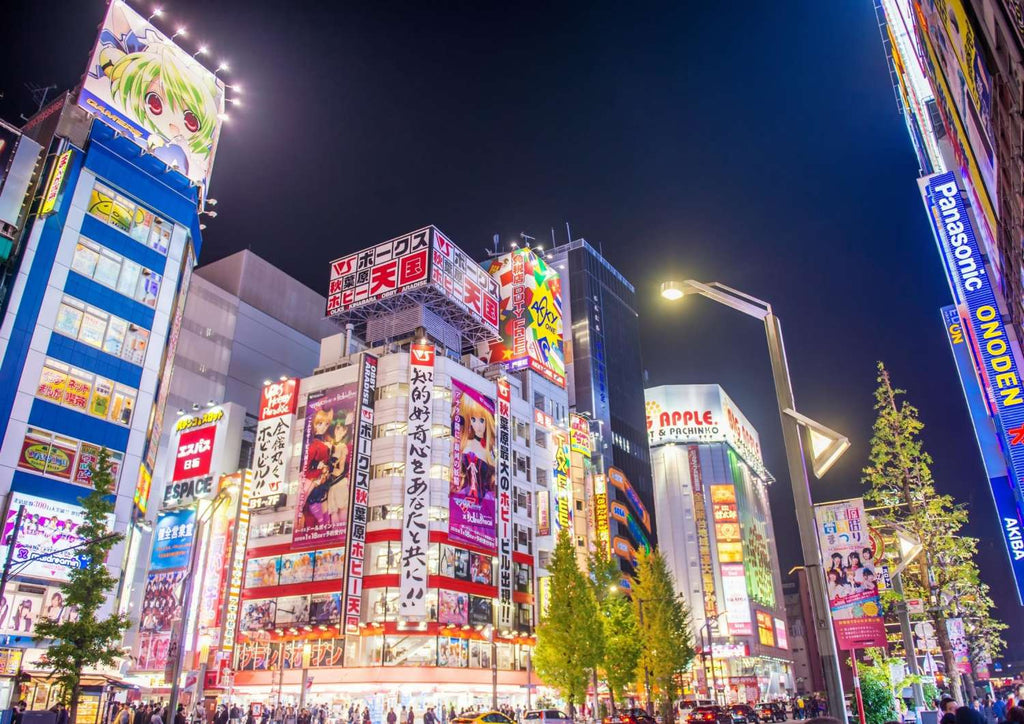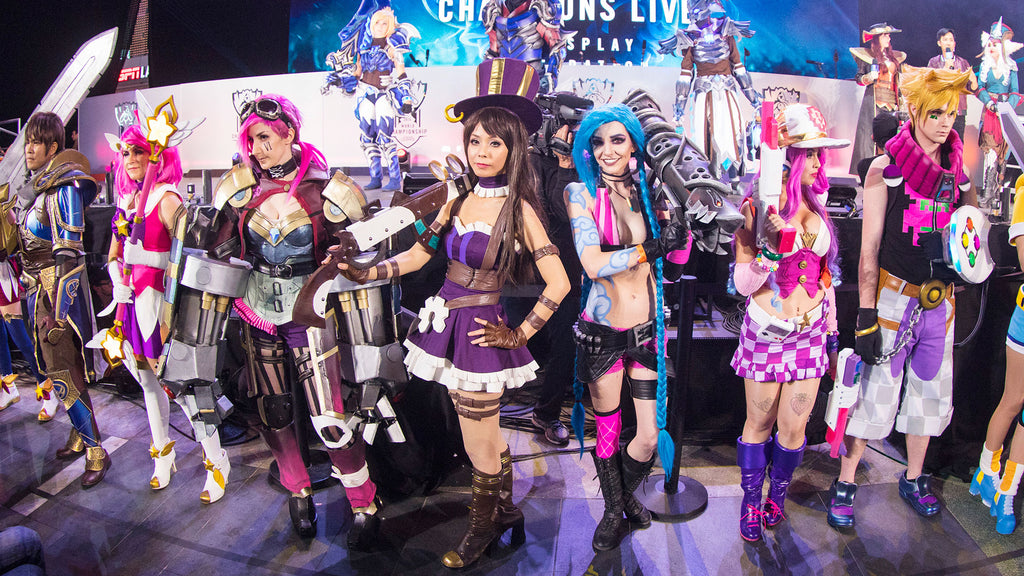Anime, a distinctive style of animation originating in Japan, has become a global phenomenon, captivating audiences with its unique artistry and storytelling. Many fans even turn photos into anime to show their admiration for these characters. But to understand its present greatness, we must delve into the roots of anime and trace its evolution through history.
Where did Anime originate?
Anime has its origins in Japan, with its roots tracing back to the early 20th century. While the precise moment of its birth is debated, it gained traction and recognition in the post-war era, evolving into a diverse and influential medium.

Influences of the Development of Anime
1. War
The aftermath of World War II significantly influenced the emergence of anime. The devastation prompted a need for new forms of entertainment, paving the way for animated works that addressed societal concerns and provided an escape from reality. This also serves as the foundation of anime art as a form of artistic and emotional expression.
2. TV
The introduction of television in the 1950s further propelled anime's growth. Serialized anime found its place in the living rooms of Japanese households, gradually becoming an integral part of the country's cultural landscape.
3. Diversification
Anime didn't limit itself to a single genre. It diversified into various themes, catering to a broad audience. From action-packed adventures to heartfelt romances and thought-provoking dramas, anime explored the entire spectrum of human experiences. Enthusiasts create personalized anime portrait to showcase these different experiences.
4. Globalization
With the advent of globalization, anime transcended borders. International audiences embraced the distinct storytelling and artistic styles, leading to the widespread popularity of Japanese animation on a global scale.
5. Tech and the Internet
The digital age brought new avenues for anime consumption. Streaming platforms and online communities allowed fans worldwide to access a vast library of anime content, fostering a global community of enthusiasts. Tech also allowed fans to turn photos into anime.

Remarkable Periods in Anime
Early 20th Century
Creating an anime version of yourself is a relatively recent development in the industry. The roots of anime can be traced to early Japanese animation, influenced by Western cartoons. The silent film era saw experimentation with animation techniques, laying the foundation for what would become anime.
Post-War Period
The post-war period marked the rise of animated works aimed at rebuilding and entertaining a war-weary nation. Anime shorts and series began to gain popularity on television.
Osamu Tezuka and the Birth of Modern Anime
Osamu Tezuka, often referred to as the "God of Manga," played a pivotal role in shaping modern anime. His creation, "Astro Boy" (Tetsuwan Atom), is considered the first modern anime series, setting the stage for the industry's future. This is why many enthusiasts turn photos into anime style following the features of Astro Boy.
Growth and Expansion
The 1970s and 1980s witnessed the expansion of the anime industry. Iconic series like "Mobile Suit Gundam" and "Dragon Ball" became cultural phenomena, contributing to anime's rise both domestically and internationally. There’s also a noticeable increase in custom anime styles to follow.
Technological Advancements and the 21st Century
Technological advancements in animation techniques, including the use of computer-generated imagery (CGI), elevated the visual appeal of anime in the 21st century. This period saw the production of visually stunning masterpieces like "Attack on Titan" and "Demon Slayer." With these advancements, fans and creators can turn photos into anime based on different styles, such as ninja, avatar, wizard, or pirate.

Influence on Pop Culture and Beyond
Anime became a significant influence on global pop culture. Its impact extended beyond animation, shaping fashion, music, and even inspiring Hollywood adaptations. The iconic "Naruto run" and the widespread popularity of anime conventions are testaments to its cultural impact.
Challenges and Controversies
As anime reached a broader audience, it also faced challenges and controversies. Debates about cultural appropriation, representation, and the portrayal of certain themes sparked discussions within and outside the anime community.
Future Outlook
As we step into the future, the outlook for anime is promising. The global appetite for Japanese animation continues to grow, and the industry adapts to new technologies, ensuring that anime remains at the forefront of entertainment.
Conclusion
In conclusion, the journey of anime from its early days to its current prominence is a testament to its adaptability and universal appeal. Emerging from the ashes of war to becoming a global cultural phenomenon, anime has weathered various periods, each contributing to its rich tapestry.
As we look ahead, the future of anime seems bright, with continued innovation, global collaboration, and the exploration of new themes. Anime's ability to reflect societal changes, resonate with diverse audiences, and transcend cultural boundaries ensures its enduring relevance in the ever-evolving landscape of entertainment. The captivating history of anime is a testament to its power to inspire, entertain, and connect people across the world.
If you have friends who are enthusiasts, give them an anime gift card so they can turn themselves into different heroes!
